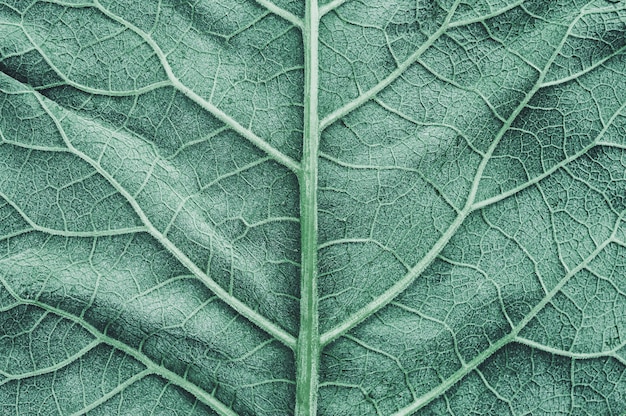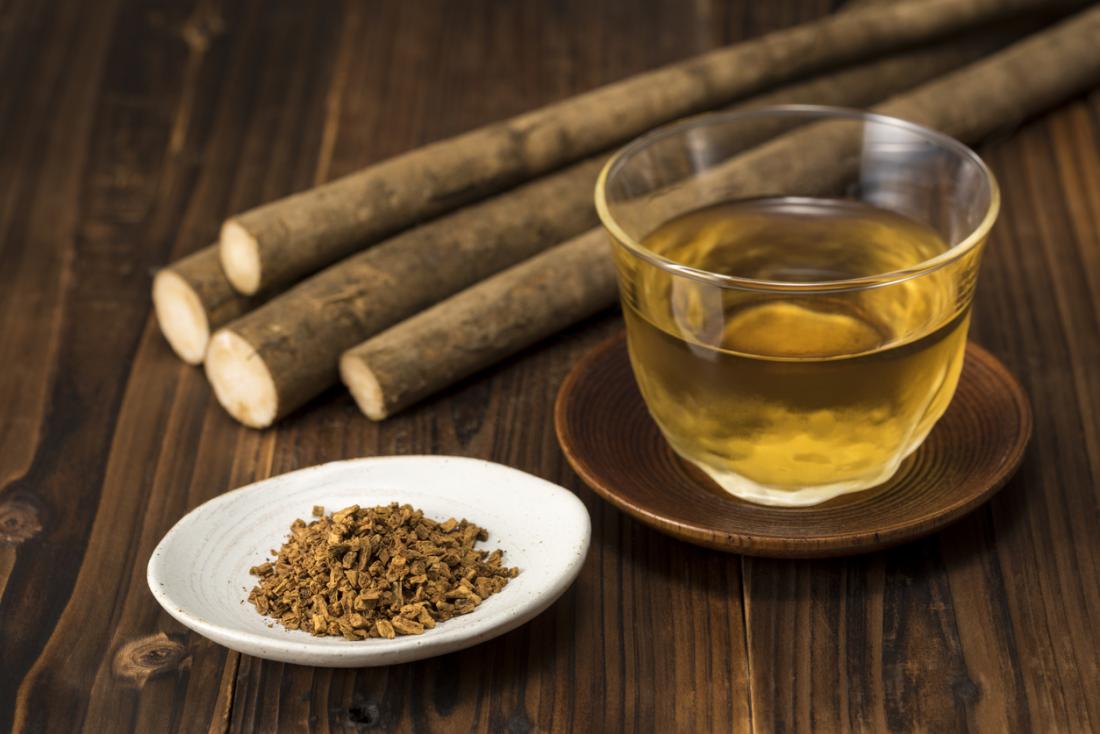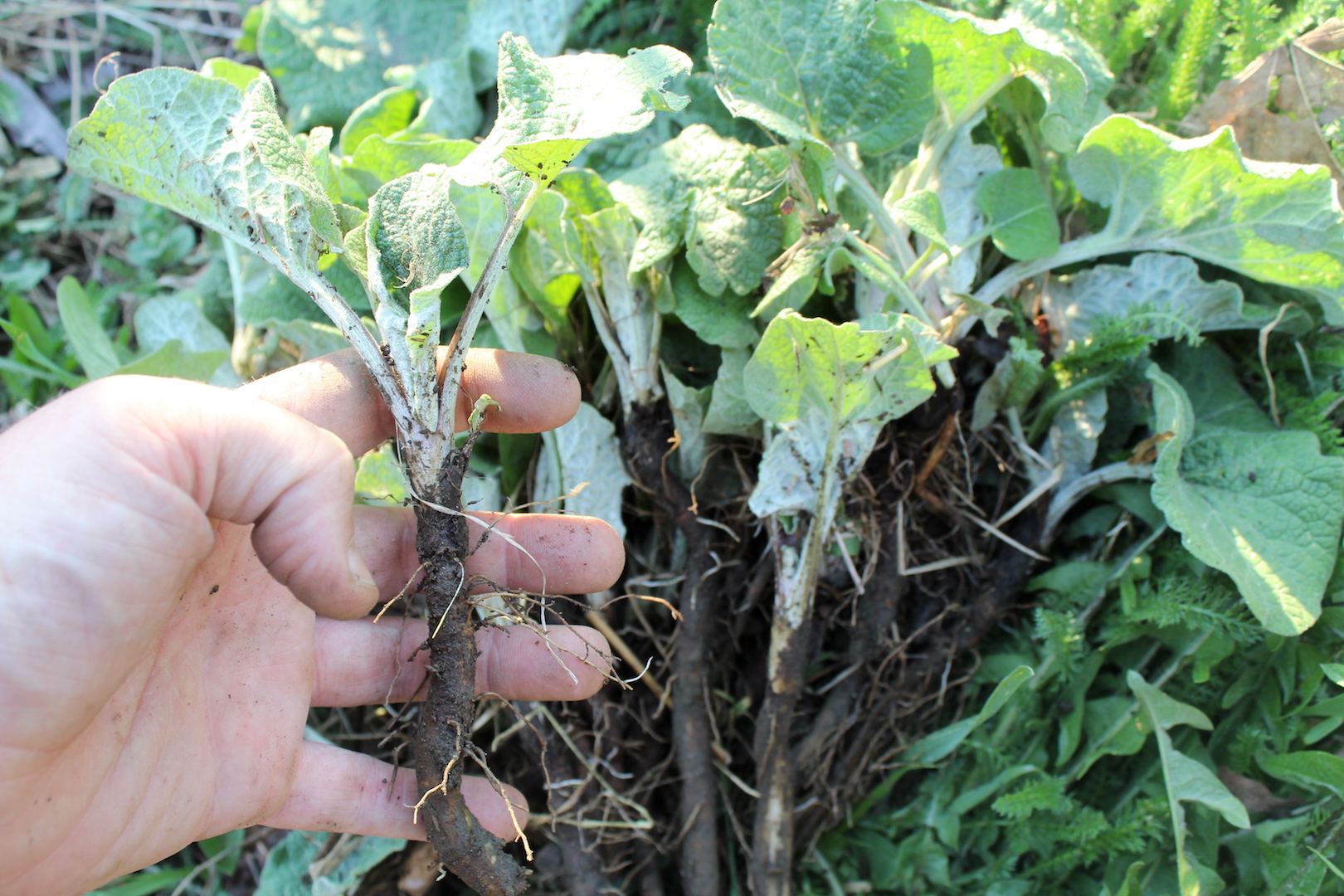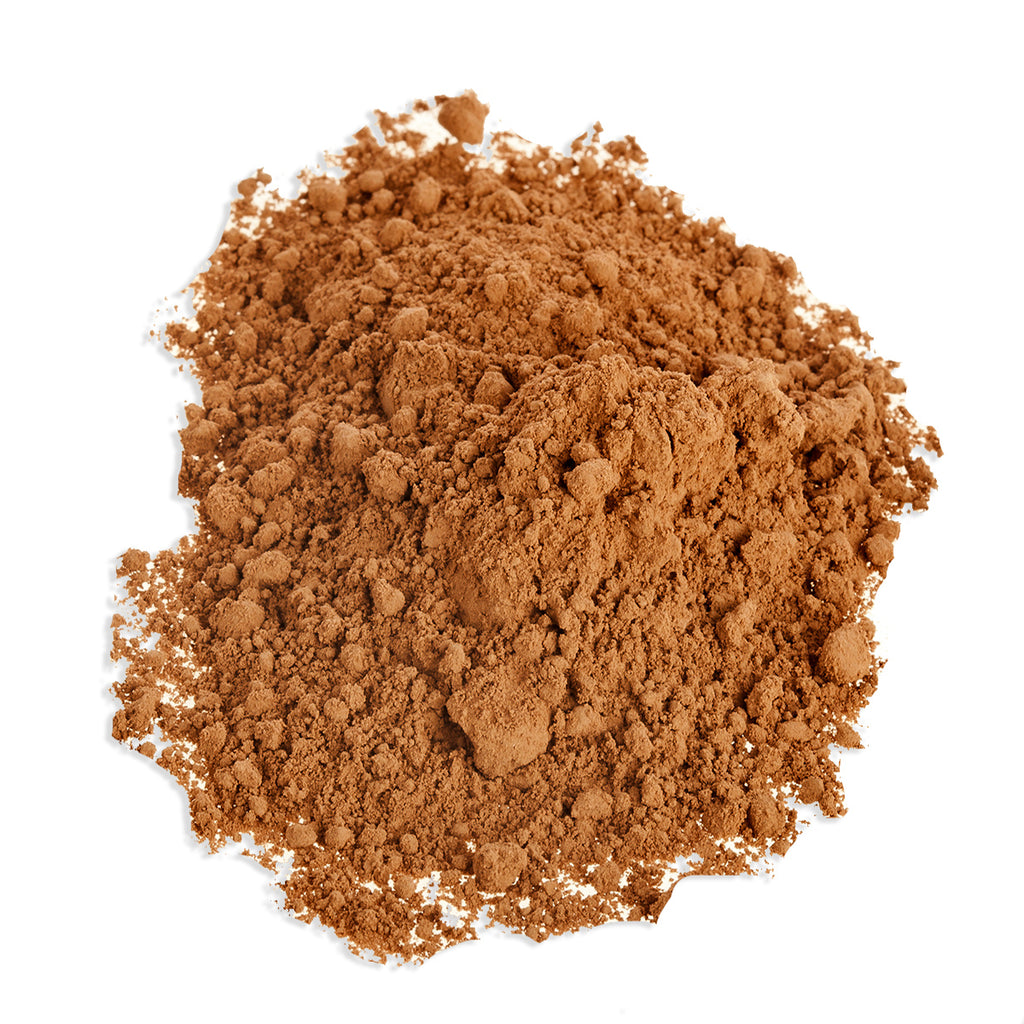Burdock Leaves: The Superfood You've Never Heard Of
Title: Burdock Leaves: The Superfood You've Never Heard Of
Introduction:
Burdock leaves are a nutritious and versatile green that have been used for centuries in traditional Chinese medicine. They are packed with vitamins, minerals, and antioxidants, and have been shown to have a variety of health benefits.
In recent years, burdock leaves have gained popularity as a superfood. They are now available in many health food stores and online retailers.
This blog post will explore the health benefits of burdock leaves, how to incorporate them into your diet, and potential side effects.
Main Content:
- Nutritional profile: Burdock leaves are a good source of vitamins A, C, and K, as well as fiber, iron, and magnesium. They also contain a number of antioxidants, including quercetin and kaempferol.
- Health benefits: Burdock leaves have been shown to have a variety of health benefits, including:
- Anti-inflammatory: Burdock leaves contain compounds that have anti-inflammatory properties. This can help to reduce inflammation in the body, which is linked to a number of chronic diseases.
- Antioxidant: The antioxidants in burdock leaves can help to protect the body against damage from free radicals. Free radicals are unstable molecules that can damage cells and DNA, and have been linked to the development of cancer and other diseases.
- Diuretic: Burdock leaves are a natural diuretic, which means they can help to increase urine output. This can help to remove toxins from the body and improve kidney function.
- Skin health: Burdock leaves have been shown to be beneficial for skin health. They can help to reduce acne, eczema, and psoriasis.
- Blood sugar control: Burdock leaves may help to improve blood sugar control in people with diabetes.
- How to eat burdock leaves: Burdock leaves can be eaten raw, cooked, or juiced. They have a slightly bitter taste, but can be paired with other flavors to improve their taste.
- Raw: Burdock leaves can be eaten raw in salads, wraps, or smoothies.
- Cooked: Burdock leaves can be cooked in a variety of ways, such as stir-fried, steamed, or braised.
- Juiced: Burdock leaves can be juiced along with other fruits and vegetables.
- Side effects: Burdock leaves are generally safe for most people. However, some people may experience side effects such as nausea, vomiting, or diarrhea. If you experience any side effects, stop taking burdock leaves and talk to your doctor.
Conclusion:
Burdock leaves are a nutritious and versatile green that have a number of health benefits. They can be eaten raw, cooked, or juiced. If you are looking for a healthy and delicious way to boost your immune system and improve your overall health, consider adding burdock leaves to your diet.
If you are interested in learning more about the health benefits of burdock leaves, I recommend visiting Home Gardening. This website provides a comprehensive overview of the research on burdock leaves, as well as recipes and instructions for using them medicinally.
FAQ of burdock leaves
- What are the health benefits of burdock leaves?
Burdock leaves have a number of health benefits, including:
* Antioxidant. Burdock leaves contain antioxidants, which can help protect the body against damage from free radicals. Free radicals are unstable molecules that can damage cells and lead to chronic diseases such as cancer and heart disease.
* Anti-inflammatory. Burdock leaves have anti-inflammatory properties, which can help reduce inflammation in the body. Inflammation is a contributing factor to many chronic diseases, such as arthritis and asthma.
* Detoxifying. Burdock leaves are said to have detoxifying properties, which can help remove toxins from the body. Toxins can build up in the body over time and contribute to health problems.
* Diuretic. Burdock leaves are a diuretic, which means they can help increase urine output. This can help to flush out toxins and excess fluids from the body.
* Skin health. Burdock leaves have been used to treat skin conditions such as acne, eczema, and psoriasis. They contain compounds that can help reduce inflammation and promote skin healing.
- How can I take burdock leaves?
There are a few ways to take burdock leaves:
* Tea. Burdock leaves can be made into tea by steeping them in hot water for 5-10 minutes.
* Capsules. Burdock leaves are also available in capsule form.
* Food. Burdock leaves can be eaten raw, cooked, or pickled.
- What are the side effects of burdock leaves?
Burdock leaves are generally safe for most people, but there are a few potential side effects, including:
* Allergic reaction. Some people may experience an allergic reaction to burdock leaves. Symptoms of an allergic reaction can include hives, itching, and swelling.
* Diarrhea. Burdock leaves can cause diarrhea in some people.
* Gastrointestinal upset. Burdock leaves can cause gastrointestinal upset in some people. Symptoms of gastrointestinal upset can include nausea, vomiting, and stomach cramps.
- How much burdock leaves should I take?
The recommended dosage of burdock leaves varies depending on the form of burdock leaves you are taking and your individual needs. It is always best to start with a low dose and increase it gradually as needed.
Image of burdock leaves
10 different images of burdock leaves that are free to use:
- Burdock leaves close up. This image shows the serrated edges and hairy underside of burdock leaves.

- Burdock leaves in a pile. This image shows a pile of fresh burdock leaves, ready to be used in a recipe.

- Burdock leaves growing in a field. This image shows a field of burdock plants, with their leaves reaching up to the sky.

- Burdock leaves in a salad. This image shows a salad with fresh burdock leaves, carrots, and tomatoes.

- Burdock leaves tea. This image shows a cup of burdock leaves tea, a traditional herbal remedy.

- Burdock leaves tincture. This image shows a bottle of burdock leaves tincture, a concentrated form of the herb.

- Burdock leaves oil. This image shows a bottle of burdock leaves oil, a versatile oil that can be used for skin care, hair care, and cooking.

- Burdock leaves powder. This image shows a jar of burdock leaves powder, a convenient way to add the herb to your diet.

- Burdock leaves extract. This image shows a bottle of burdock leaves extract, a concentrated form of the herb that is often used in supplements.
- Burdock leaves macro. This image shows a close-up of a single burdock leaf, highlighting its intricate details.


Post a Comment for "Burdock Leaves: The Superfood You've Never Heard Of"